| Overview | Prepare to Scale | Envision Scaled Implementation | Set Scaling Goals | Identify a Pathway | Build Your Team | Go to Market |
|---|
Identify a Pathway
Whether you want to offer your product for free or at a low cost, or generate a profit to reinvest in yourself and your innovation, you need to determine a way to sustain your team and operations so that you can offer your product at scale. This typically happens through one of three transition pathways.
Launch an enterprise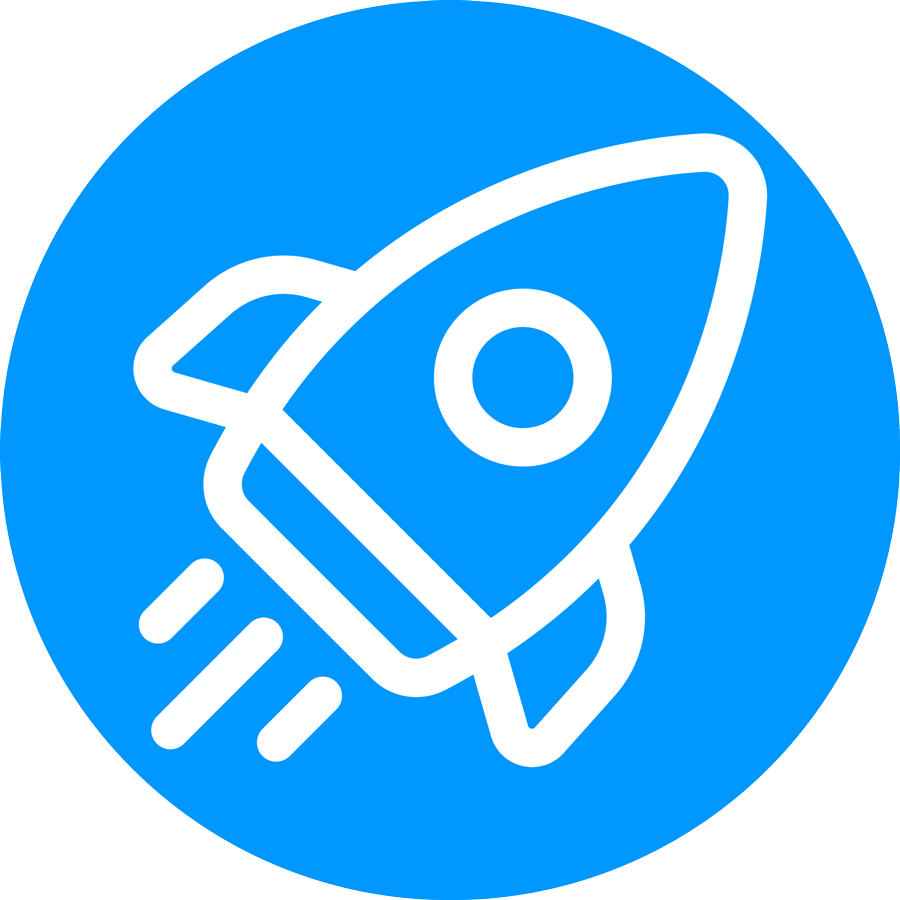 |
Launching an ongoing enterprise to package and sell an educational product and establishing a sustainable business model. Also called “commercialization.” Some entrepreneurial developers want to build and run a new for-profit or nonprofit organization. University researchers often try to do this within their institutional setting. |
Obtain grant or other external funding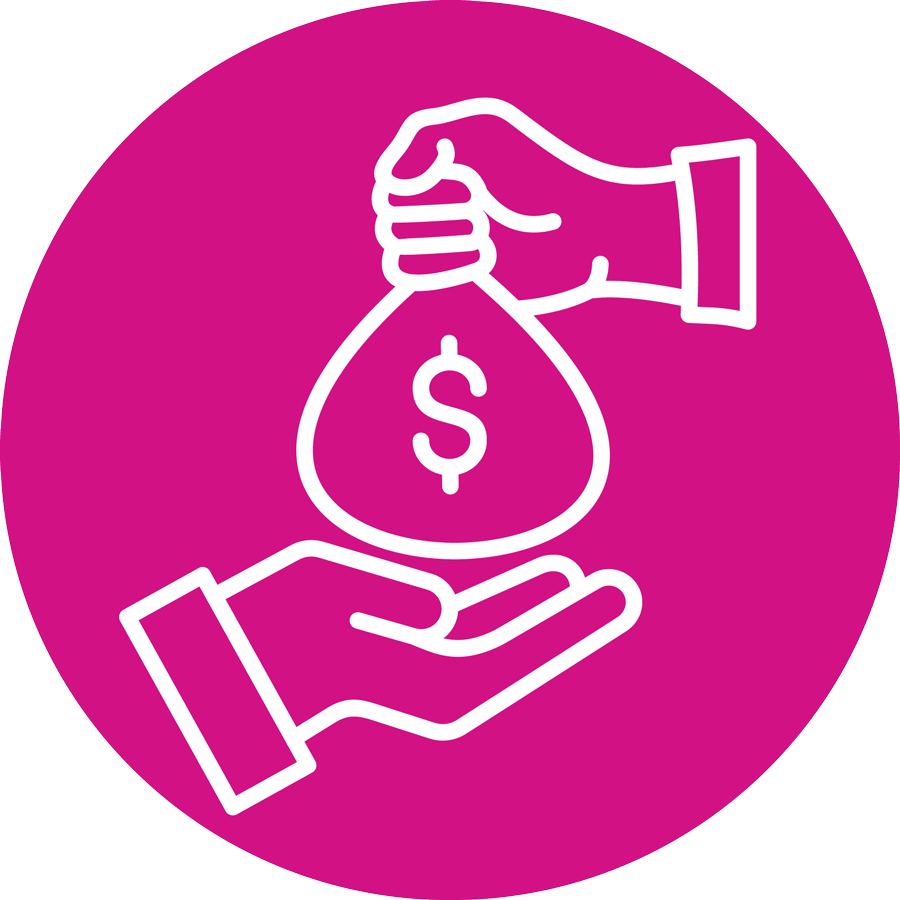 |
Obtaining additional grant support and external funding, such as from philanthropic, public, or institutional partners, to support sustainable, long-term growth. Often the preferred path for researchers who want to scale within a research institute or university setting. However, this path often relies on ongoing fundraising, and funders often want to support solutions that can self-sustain in the long term. |
Sell or license intellectual property (IP)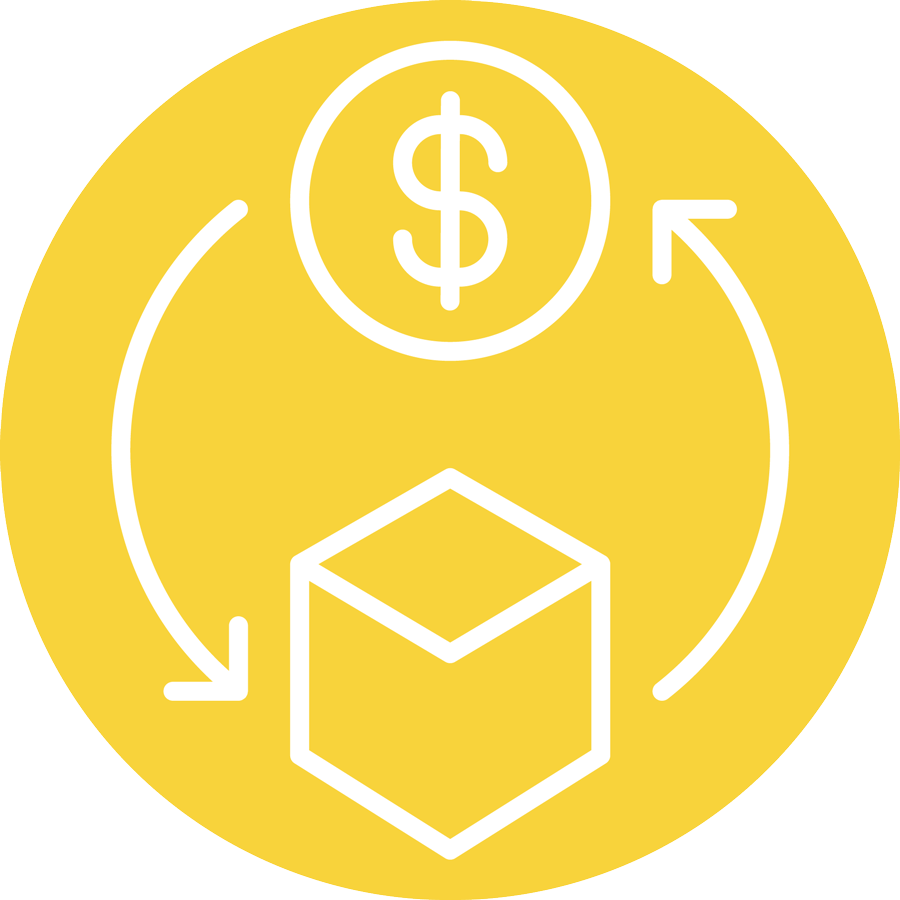 |
Transferring ownership or granting another party the right to use product IP in exchange for money or other benefits. If your desired path is to sell or license your IP and you do not currently have a potential acquirer, then launching an enterprise or demonstrating widespread use may be a prerequisite. |
“Running a start-up is a full-time job and requires full-time leadership. The mode of principal investigators, in which they divide their time between overseeing a variety of research grants, teaching courses, and other responsibilities, is not conducive to entrepreneurial success. New initiatives aiming for sustainability require fully dedicated, fully invested, and intensely focused leadership. If a principal investigator cannot provide it, he or she will have to retain a very capable person who can.”
–Ithaka Report: Sustainability and Revenue Models for Online Academic Resources
Launching an enterprise. Enterprises include both for-profit commercial enterprises and nonprofit organizations. Launching an enterprise (usually called a “start-up” at an early phase) will look different depending on your current organization and team. The process could be as simple as renaming and establishing clear roles/responsibilities for team members, or as complex as entirely restructuring and rebuilding your team and environment from the ground up. Either way, a clear commitment and commensurate staffing are necessary to support scaling. Typically, staffing includes 1–2 full-time leaders. The Build Your Team section provides more information and resources on the team roles and structures that support an enterprise.
Large cash infusions from angel investors or venture capitalists are not necessary to launch a new enterprise. As Teachley Co-Founder Kara Carpenter warns in an interview for the Inside IES Research blog, “Raising money from venture capitalists can put you on a succeed-or-fail-fast treadmill that isn’t always a great fit for the education market.” Teams launching an enterprise might instead consider seeking initial support from university technology transfer offices, as well as the federal programs Innovation-Corps (I-Corps) and Small Business Innovation Research (SBIR) and Small Business Technology Transfer (STTR).
Obtaining grant or other external funding. Grant funding can support scaling a product, but grantors typically seek to support the development and enhancement of products so those products can become self-sustaining. Consider federal and foundation programs that have a scaling component which allows funds to be used to support product adaptations for scale and marketing and enterprise-development efforts, such as the new Seedlings to Scale (S2S) program from the Institute of Education Sciences (IES).

Stories of Scaling Highlight
PhET scaled a product using primarily grant funding, but the founders warn about the pitfalls of this approach.
PhET has a significant global footprint, impacting millions of students and educators. However, establishing consistent operating revenue sources continues to be a challenge. PhET relies heavily on grants and funding to cover its annual $4 million operating budget.
PhET’s commitment to broadening access drives its revenue model and product design. The open educational resources (OER) model shaped PhET’s early licensing decisions and fostered its identity within the OER community. The OER approach enabled end-user adoption and led to significant uptake by for-profit publishers, increasing teacher access and student exposure to PhET tools.
At the same time, PhET’s open licensing means the team does not generate direct revenue from the audiences that value their content most — their users. Emily Moore, PhET’s Director of Research and Accessibility, noted, “As an OER project, we have only so many income streams, and design, development, and maintenance are incredibly expensive and getting only more so with time.”
Indeed, the bigger PhET’s footprint grows, the greater its funding demands. Perkins opined, “I think many people think things should be getting easier and less expensive as technology advances, but that’s absolutely not the case.”
As a result, generating operating revenue and finding a sustainable financial model remains PhET’s biggest challenge.
Read more of the PhET Story of Scaling.
Selling or licensing IP. Scaling a single product for a single market segment can be difficult in an environment where large providers offer a suite of solutions. Also, significant overhead expenses are needed to establish independent operations, such as legal costs, human resources, and IT support. For these reasons, many developers consider licensing their products to, or pursuing acquisition by, more established providers as a pathway to scaling. This pathway is fitting if your product augments or aligns with existing solutions (see Identify the Competition for considerations). If this is the case, identify those solutions as early as possible to understand and enhance how your product integrates with them, and engage potential partners throughout the development and transition process to ensure alignment and drum up interest.
A Tale of Two Products
Lexia RAPID Assessment and A2i are both IES-funded products that have achieved scale. Developed by a team at Florida State University, RAPID is a web-based literacy assessment for K–12 students. The team licensed RAPID to the Florida Department of Education to use the prototype assessment royalty-free. They also licensed the product to Lexia Learning Systems LLC, a Rosetta Stone company, to create the commercial Lexia RAPID Assessment program. Learn more about this licensing success story in Lexia RAPID Assessment: From Research to Practice at Scale in Education.
A2i is a teacher support system designed to help teachers individualize reading instruction so that all children are reading at grade level by the end of grade 3. Scholastic, which has a large presence in providing quality reading materials to schools, acquired A2i to offer a tool to help children learn to read those materials and have access to a huge warehouse of embedded research data about children in multiple grades, schools, and districts. Learn more about this acquisition in the A2i Story of Scaling.
Resource Modeling
No matter your profit aspirations, if you are seeking to launch an enterprise or have your product acquired or licensed, you must generate resources to sustain the product or prove viability in the market for a potential acquisition. Follow the steps below to model your potential revenue and costs to scale.
- Define your full offering and what you are selling. Is it a one-time set of materials such as a teacher manual and classroom activities, a software platform that requires ongoing maintenance, a service such as teacher professional development, or some combination of these products? This information can help you determine packaging and pricing options.
- Determine how you might sell your product through different packaging options. For example, you might consider mapping your product to grade bands at the school level, such as having separate offerings for K–5 and 6–12. Or consider bundling products such as curriculum and assessment, or bundling a product with a service, such as an intervention and teacher professional development. Then, at what level will you sell this package—per user, per school, or per district?
- Put together different product and package scenarios and model the potential revenue of each. In this process, also consider the pros and cons of each approach. For example, if you sell on a per-student basis, you may be impacted by declining enrollments. Licensing or subscription packages can be sold annually or on a regular basis, leading to predictability in revenue forecasting. If you are selling directly to students or families/caregivers, consider that they continually “age out” of your target market and will need to be replenished.
- Develop adoption and revenue forecasts. These forecasts should take into account the size of the potential market; what “share” of this market seems attainable given what you know about the competitive landscape and other market forces, such as how many potential customers you can reach with marketing and business development activities; assumptions on conversion rate based on historical data or industry benchmarks; and revenue per customer.
- Compare these forecasts to the operating costs of generating this level of revenue. In addition to covering your operating costs, you might consider what sustainability really means for your product and include some reinvestment. For example, the web environment is evolving rapidly and relentlessly. It is incorrect to assume that, once initial digitization is finished and content is up on the web, the costs of maintaining a resource will drop to zero or nearly zero. Appendix C of the LEARN Scaling Plan Guide provides a revenue projection template to help you get started.
If your team does not have the skills to conduct this initial financial analysis, consider where you might find someone who does. For example, recruit a business school student or faculty member or identify a local or online incubator or networking organization that offers advising services at little to no cost to teams bringing or scaling offerings for education markets.
![]()
Notice and Reflect
While identifying a pathway and funding model, take time to pause to notice and reflect. Consider the following questions:
- What are the trade-offs between offering a no- or low-cost product and sustainably scaling? How can you best support under-resourced communities under these trade-offs?
- In considering different pathways to scale, how can you prioritize access and impact?
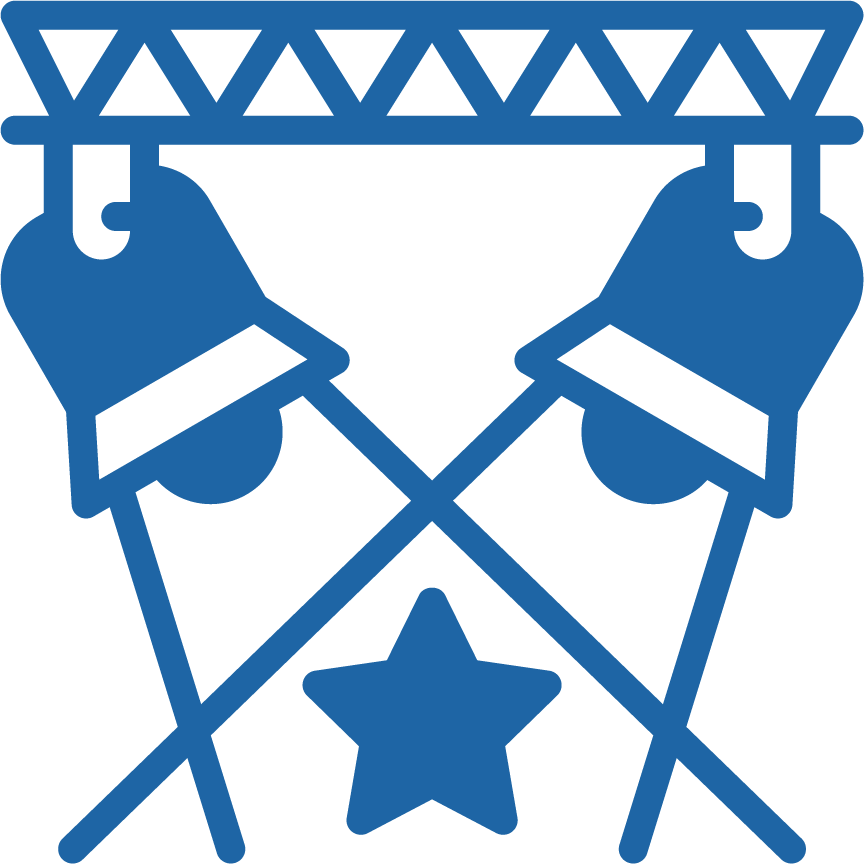
Spotlight Resource
Revenue Projection Template. Appendix C in the LEARN Scaling Plan Guide provides steps and a template for developing financial forecasts.
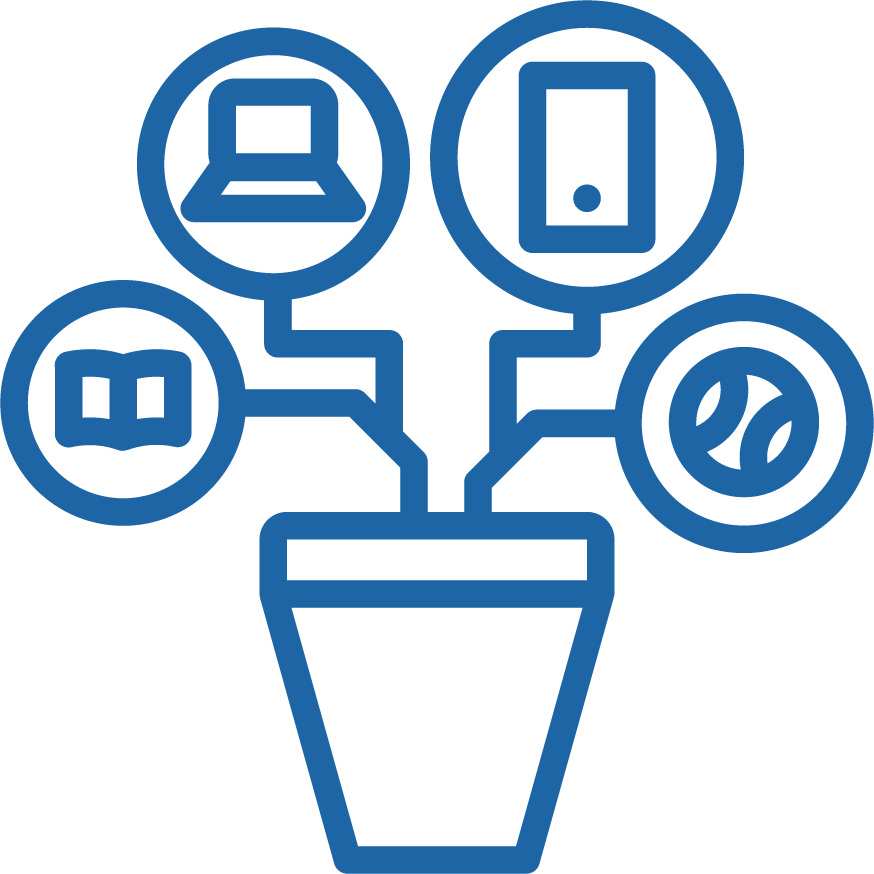
LEARN More
Sustainability and Revenue Models for Online Academic Resources. This report from Ithaka S+R reviews the mechanisms for pursuing sustainability in nonprofit projects and includes a discussion of several major revenue-generating methods.
Lexia RAPID Assessment: From Research to Practice at Scale in Education. This Inside IES Research blog post includes an interview with the developers of the RAPID assessment and their insights on the licensing process.
Stories of Scaling: A2i. This story profiles the development and scaling journey of the reading instruction system A2i, including its acquisition by Scholastic.
Stories of Scaling: PhET. This story profiles the development and scaling journey of PhET Interactive Simulations.
